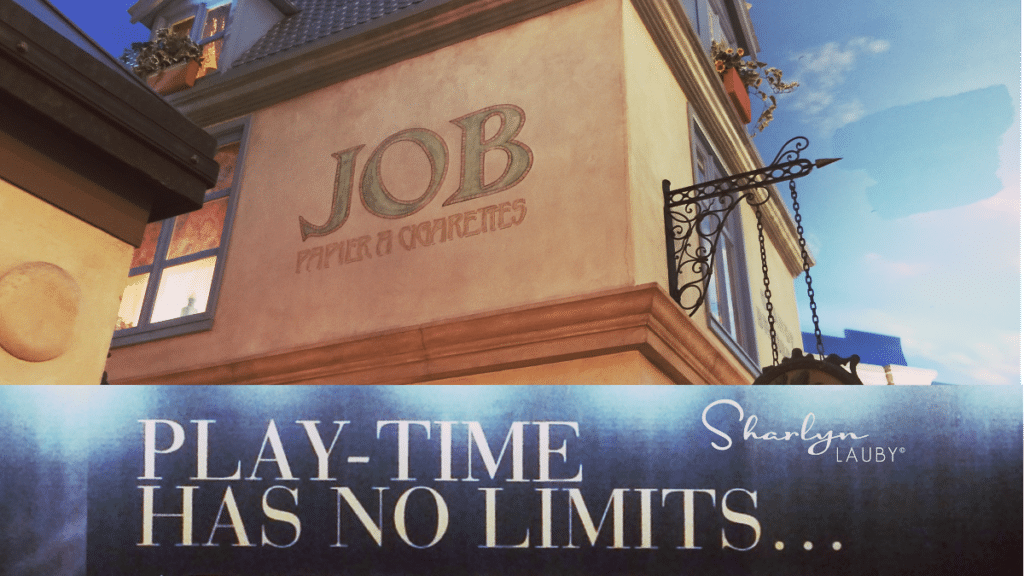Estimated reading time: 3 minutes
I want to talk about an opportunity for organizations that are working hard to recruit employees and get fully staffed. That opportunity is with older workers and phased retirement strategies.
In an analysis from the Federal Bank of Saint Louis, the number of people who retired during the pandemic rose faster than the typical pace. There are many reasons for this, and we can save the analysis of why for another day. Bottom-line: those individuals are not in the workforce. And this could be an opportunity for employers looking for talent.
Make no mistake, at some point these individuals will officially retire. But this doesn’t mean that in the meantime organizations and individuals can’t have a good working relationship delivering value to the company. I read an article in The New York Times about individuals who are thinking about retirement but not ready to go from a regular full-time job to no job. What jumped out to me in this article was a statistic from the Society for Human Resource Management (SHRM) that said only 15% of employers have formal phased retirement strategies.
When I think of a phased retirement strategy, I think of a situation where an employee moves from full-time to part-time and then to some sort of contractor arrangement before exiting the workforce completely. The company wins because they have experienced workers. The employee wins because they’re gradually winding down their work life, as mentioned in The New York Times article. And of course, organizations might hire someone part-time who wants to eventually transfer to contractor. Or simply hire a freelancer.
This doesn’t mean that a phased retirement strategy doesn’t come with some challenges. Here are a few things to consider:
Retirement cannot be viewed as a taboo subject. I’ve talked to plenty of people who say that the minute they mention retirement they stop getting invites to important meetings and are passed over to work on special projects. So, they simply don’t mention it. When the time comes, they just resign. This isn’t good for anyone.
Individuals must be prepared to stay current if they want to get hired. I recently spoke with Lisa Rangel, expert resume writer and job landing consultant with Chameleon Resumes, over on Unretirement Project about ageism and job search. She had a great comment about workers contributing their own ageism by not staying current.
Organizations need to develop knowledge management (KM) activities. This ties into the point about employees resigning versus a planned retirement phase. There’s no time (or not enough time) to pass along knowledge. There are KM technologies but there are also programs like mentoring and coaching that help with the transfer of historical knowledge.
Finally, organizations and individuals must be prepared to openly talk about their plans. If both parties can’t trust each other and honestly talk about this plan. Well, I don’t have to explain how difficult this strategy will be to manage.
There are many advantages to having an age diverse workforce. Harvard Business Review recently dropped a podcast episode talking about “Harnessing the Power of Age Diversity” as part of a series on getting the best out of the five-generation workforce. But it means that everyone needs to contribute as much as they can for as long as they can. That makes a phased retirement strategy a competitive advantage.
Image captured by Sharlyn Lauby after speaking at the SHRM Annual Conference in Las Vegas, NV
The post To Fill Job Openings – Consider Phased Retirement Strategies appeared first on hr bartender.



0 Commentaires